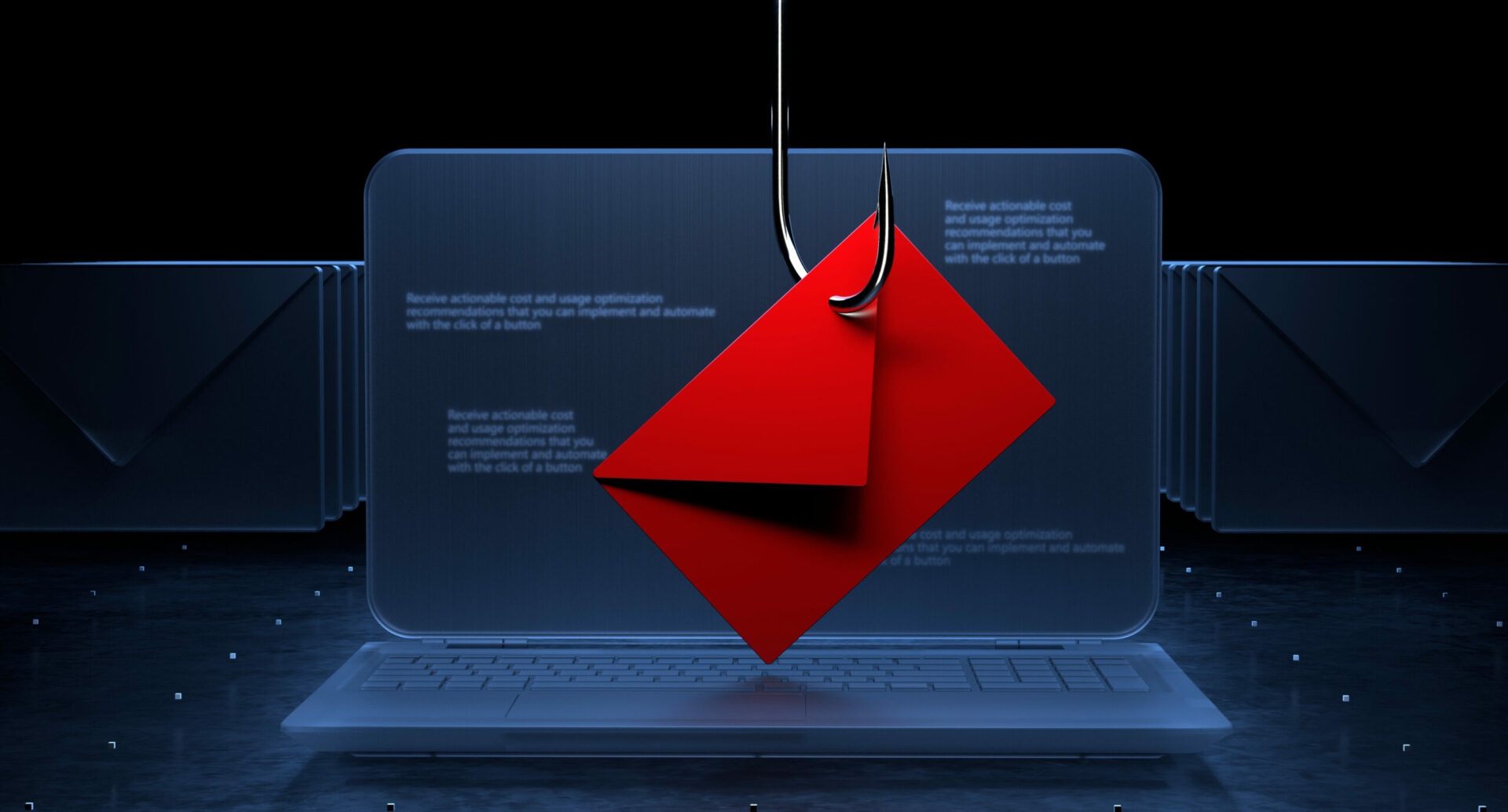Phishing emails are becoming an increasingly common way for cybercriminals to steal your personal information. However, with a little bit of knowledge and awareness, you can learn how to spot a phishing email and protect yourself from becoming a victim. In this blog post, we will discuss the different types of phishing emails, as well as tips on how to identify them. We’ll also provide some advice on what you can do if you think you’ve been targeted by a phishing attack. So read on to learn more about how to stay safe online! Phishing is a type of online scam where criminals attempt to steal your personal information by sending you fake emails that look like they’re from a legitimate sender. The emails may ask you to click on a link or download an attachment, which will usually install malware on your computer. Phishing scams are often very convincing, so it’s important to be aware of the telltale signs and take precautions to protect yourself. Phishing emails often have certain characteristics that can help you to identify them. For example, they may contain spelling mistakes or be addressed to someone who is not the recipient. They may also include attachments that are not normally sent with emails from the organisation that is being spoofed. If you are unsure whether an email is genuine, you can contact the organisation directly to ask if they sent the email. If you think you may have been scammed, it is important to take action quickly. First, try to determine if the email or message is actually a scam. Many scams will include spelling mistakes, incorrect grammar, or other errors. If the email looks like it was sent from a legitimate company, but includes a request for personal information or money, it is likely a scam. If you have clicked on a link in a scam email, or downloaded an attachment, it is important to run a virus scan on your computer as soon as possible. You may also want to change your passwords for any accounts that may have been compromised. Finally, report the scam to the appropriate authorities. Phishing can be defeated by taking a few simple precautions. Firstly, never click on links or open attachments in emails from senders you don’t recognise. Secondly, always make sure that the website you’re visiting is genuine by checking the web address in the address bar. Thirdly, keep your computer software up-to-date and use a good antivirus program. Finally, never reveal your personal information to someone you don’t know online. Phishing is a scam that takes many different forms but always attempts to steal your personal information. By knowing how phishing works and being able to identify a phishing email, you can protect yourself from this type of scam. If you think you have been scammed, take action immediately to minimize the damage. Finally, remember to stay safe online by using strong passwords and being cautious about where you provide your personal information. For more tips on staying safe online, visit SwiftChip. We hope these tips help keep you safe and secure while you’re browsing the internet.
1. What is phishing and how does it work
2. How to identify a phishing email
3. What to do if you think you’ve been scammed
4. Tips for staying safe online
Conclusion
Swift Chip provides managed IT and cybersecurity services for a wide variety of companies in fields with stringent privacy and compliance requirements.
11600 Washington Place - Suite 116 C, Los Angeles, CA 90066
[email protected] 310-881-8770